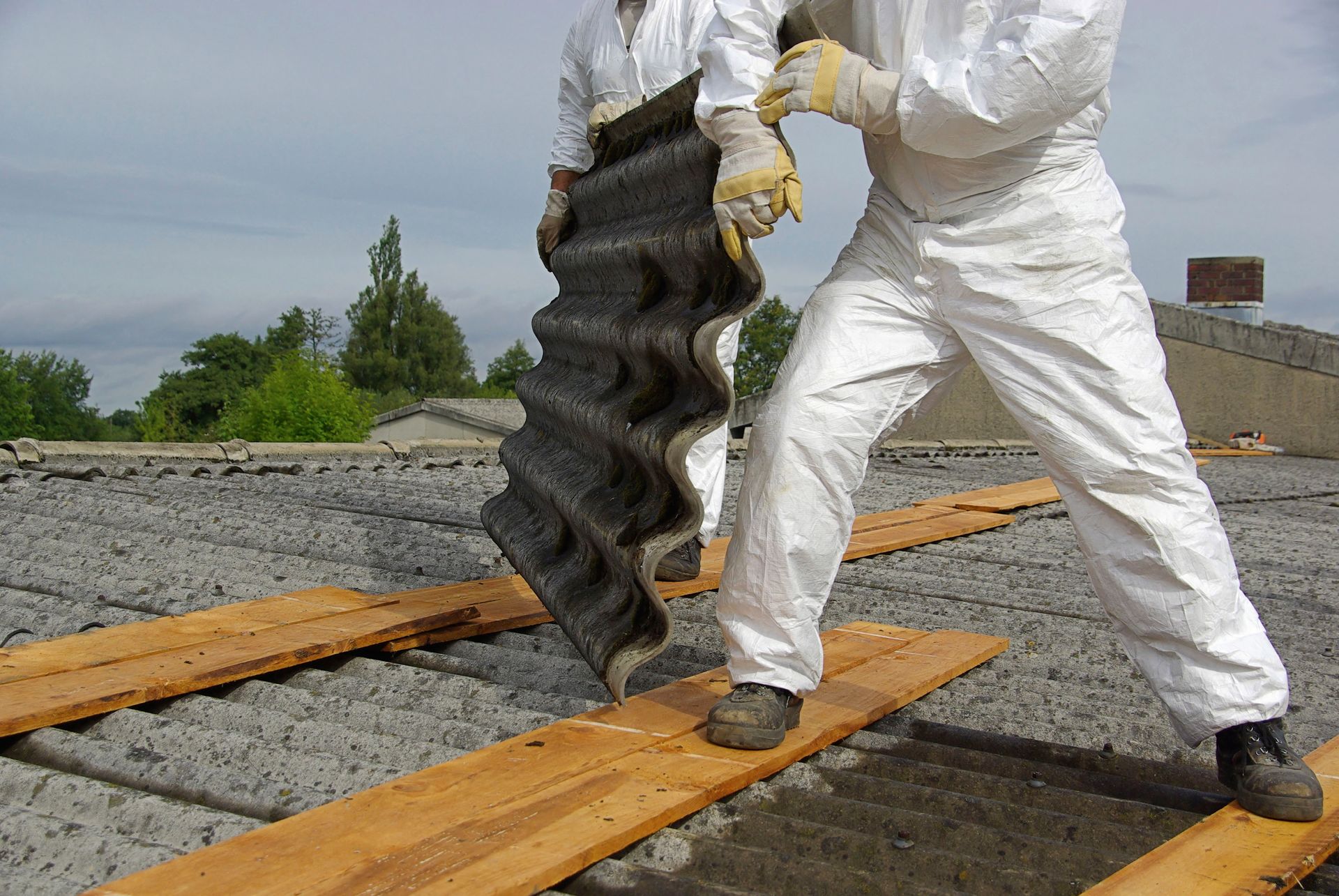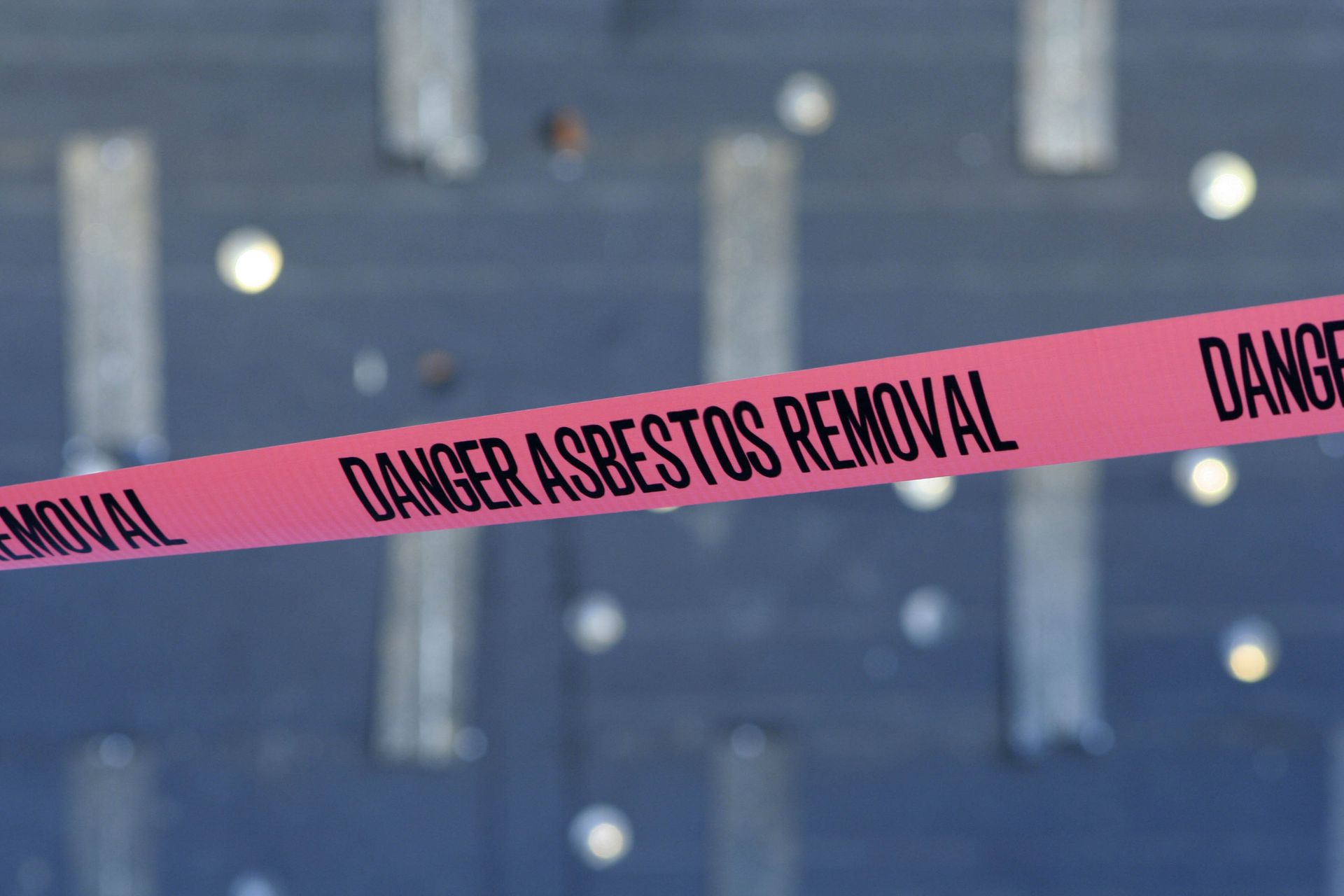5 Asbestos-Related Diseases That You Don't Want to Risk
Asbestos was once considered a "miracle material" due to its heat resistance and durability. However, we now know that exposure to asbestos fibers can lead to devastating health consequences. According to The Mesothelioma Center, asbestos-related diseases take more than 39,000 American lives every year. Here's an overview of five major asbestos-related diseases that you definitely want to avoid.
1. Mesothelioma
Mesothelioma is a rare and aggressive cancer that affects the lining of the lungs, abdomen, or heart. According to our team, around 80% of mesothelioma cases are caused by asbestos exposure. Unfortunately, mesothelioma is almost always fatal within a few years of diagnosis. Because this cancer can take a long time to develop after exposure, many people don't know they've been affected until decades later.
2. Lung Cancer
Inhaling asbestos fibers is known to significantly increase your risk of lung cancer. Like mesothelioma, asbestos-related lung cancer is difficult to treat and often progresses rapidly. The more asbestos you've been exposed to, the higher your chances of developing this devastating disease. Quitting smoking lowers your lung cancer risk if you also have asbestos exposure.
3. Asbestosis
Asbestosis is a serious scarring condition that damages the lung tissue and restricts breathing. The disease typically arises after heavy, long-term asbestos exposure over the course of many years. The gradual lung damage leads to a chronic cough, chest pain, and shortness of breath. Unfortunately, asbestosis is not only incurable, but it can worsen over time and eventually become disabling.
4. Pleural Plaques
Pleural plaques are areas of scarring on the pleura, the thin lining surrounding the lungs. Although this condition does not always cause symptoms, it shows asbestos fibers have migrated into the lungs. Those with pleural plaques have an increased risk of contracting more dangerous asbestos-related diseases later on.
5. Pleural Thickening
Similar to pleural plaques, pleural thickening indicates scarring of the pleura. However, this condition thickens the pleura itself rather than just damaging the surface. Pleural thickening can impair breathing by restricting lung expansion. Severe cases may require oxygen therapy or lung surgery.
Asbestos exposure was once commonplace but is now known to be very hazardous. If you have a history of working with
asbestos, get medical screening tests to check for signs of disease. Catching problems early is critical. With so many dangerous asbestos-related conditions, it's not worth putting your health at risk. If you are worried that your home or a building you own may have asbestos, call us today at Astech for testing and abatement services.




Share On: